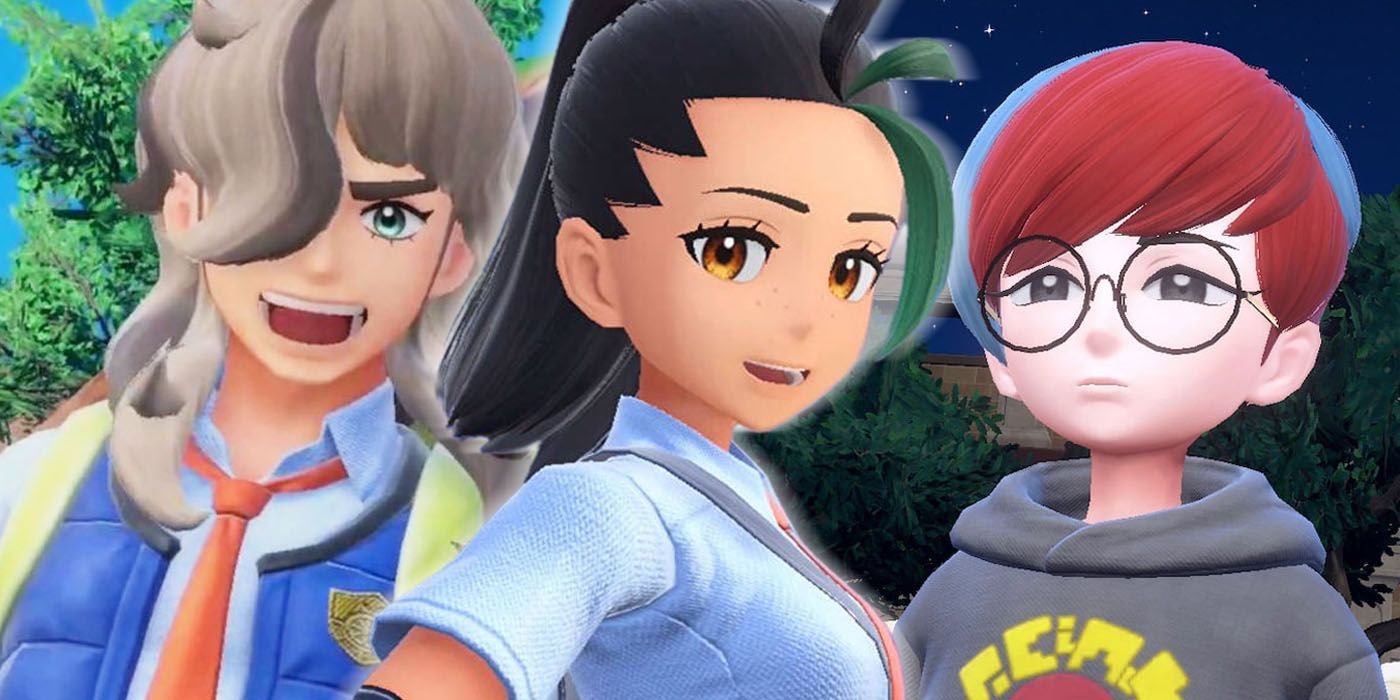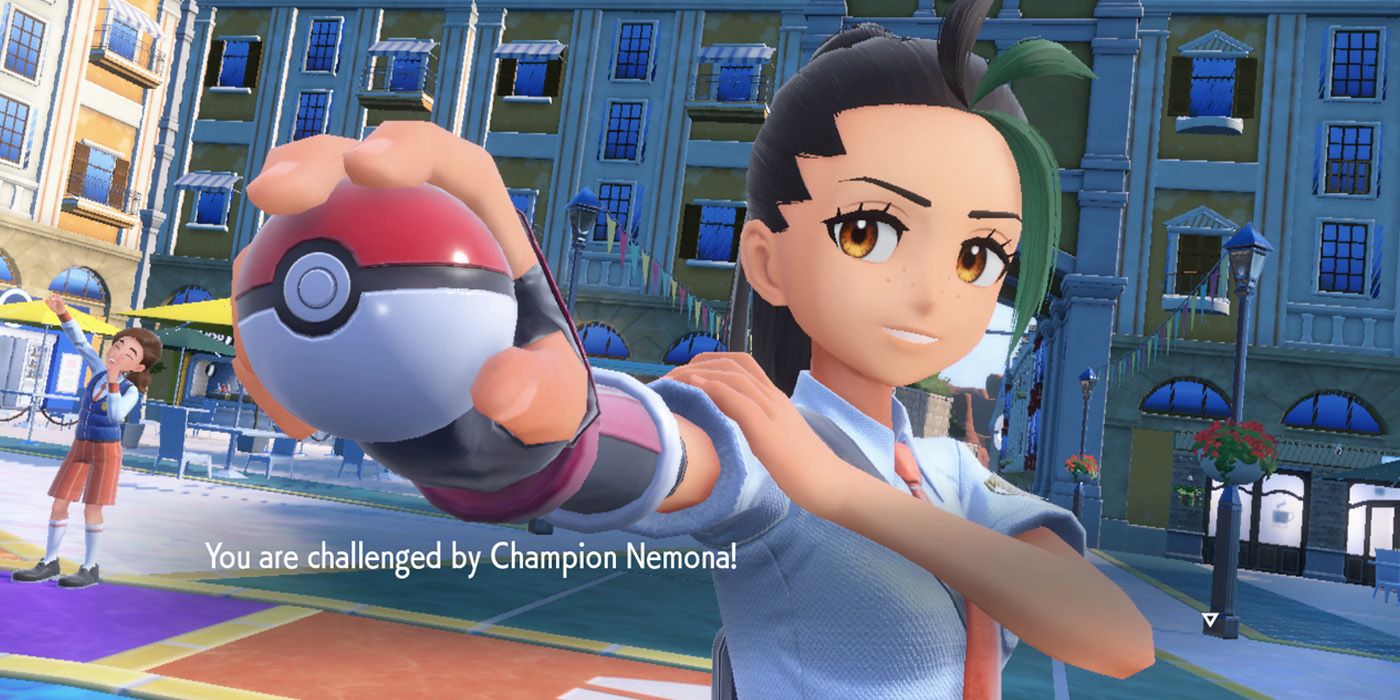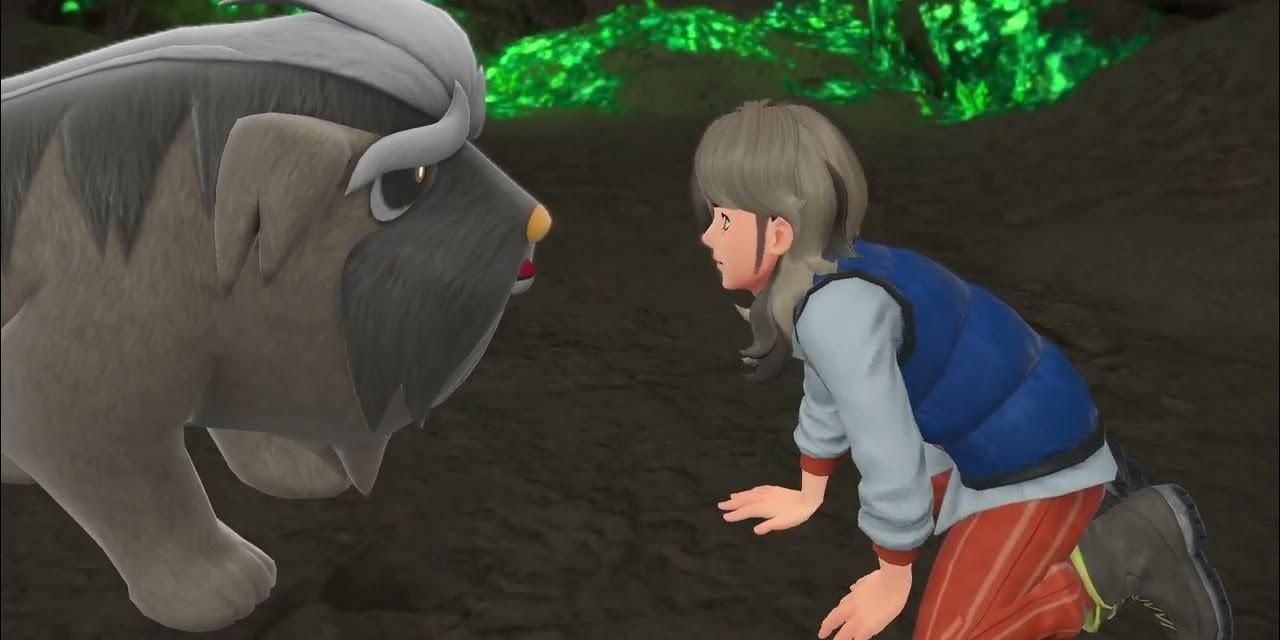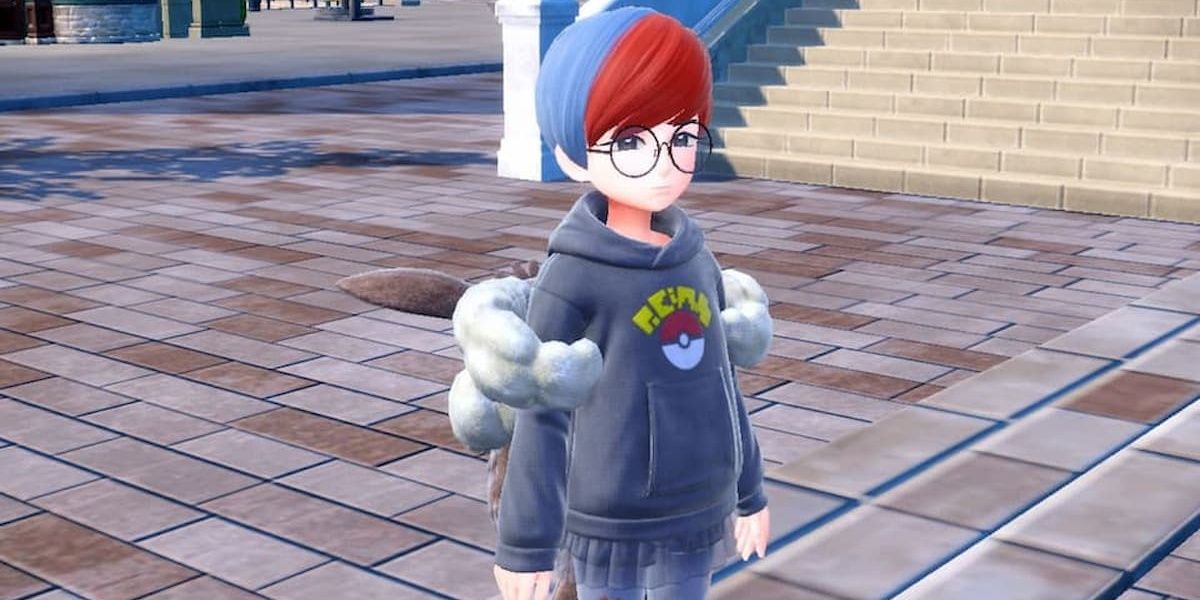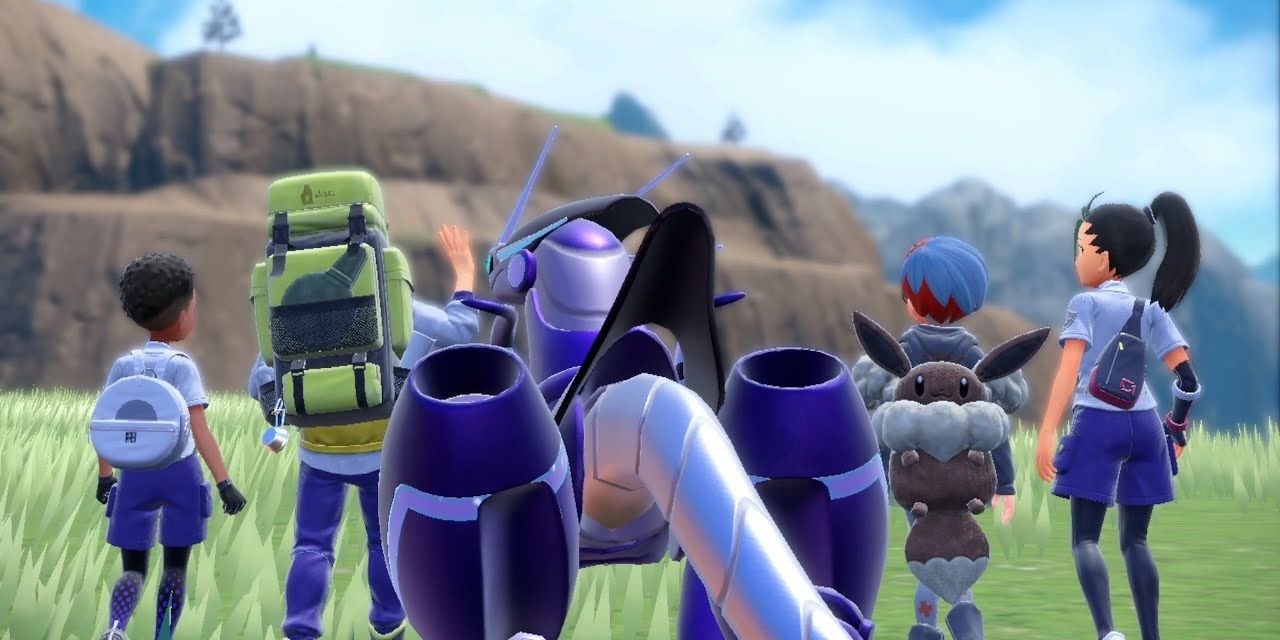Summary
- Pokémon Scarlet and Violet are fun open-world games with great character writing, especially when it comes to the games' main rivals Nemona, Arven, and Penny.
- Each rival represents a mindset or focus that veteran Pokémon players can relate to, be it the thrill of competition, bonding with Pokémon, or taking down an evil team.
- The stories and motivations for Nemona, Arven, and Penny demonstrate the next-level writing Pokémon games can accomplish, making fans excited for the franchise's future.
Pokémon Scarlet and Pokémon Violet sit in the awkward seat of being good for what they are, but bad for what they could be. With a Metacritic critic score of 72 for Scarlet and 71 for Violet, most would agree that the open-world take on the long-running series is fun enough. However, the heavy technical issues, poor presentation, and many glitches are shocking for mainline entries in the world's highest-grossing media franchise.
Despite the trouble, Scarlet and Violet aren't lazy cash-ins coasting on brand recognition. They're games that want to respect their audience, but weren't given the time and resources to do so. While the gameplay might not reach the highest heights, one area of Scarlet and Violet that fans consistently praised was the writing. Through the excellent character writing of the three main "rivals" of the game (Nemona, Arven, and Penny), Pokémon Scarlet and Violet manage to be love letters to series veterans in much subtler ways than just bringing Charizard back.
Nemona and Longtime Players Want a Challenge More Than Anything
Over the years, the Pokémon games have added quality of life elements to make them more accessible to all kinds of players. The downside to this is that some people — especially fans who have played the series for years — have felt that the games have gotten too easy. Nemona is a tribute to these fans. She's the player's first rival and the only one of the main three to have a starter Pokémon. Nemona is a veteran trainer who loves battling so much that even though she's already beaten the Pokémon League champion, she's doing the journey all over again. The reason she takes a shine to the player is their potential to give her a challenge, and she's thrilled every time she's defeated because she knows it means the player is growing closer to her actual level.
Nemona is essentially "replaying" the game like a longtime fan would. Like so many people who grew up with the series, she wants to fight someone on her level more than anything else. Much like a player who focuses on the competitive side of things over the story, Nemona tends to ignore the story circumstances going on and just wants to get on to the next battle... even if there are much higher priorities at the moment.
Arven and Mabosstiff Integrate Husbandry Mechanics With More Mature Story Themes
The heart and soul of Pokémon is in battling, but various other mechanics have been added over the years that encourage players to bond with their team members. From the friendship system to Pokémon Contests to Pokémon Camp, there's been some aspect of Pokémon husbandry in every game since Gold and Silver. Arven is a mirror to fans who love these mechanics, focusing less on battle pursuits and more on the bond with his longtime partner Mabosstiff. As silly as it may sound, the main husbandry mechanic for Scarlet and Violet, making sandwiches, is used to great emotional effect by making it a large part of Arven's story arc in how he helps his sick buddy. Arven and Mabosstiff's bond is striking, and the integration of the games' main husbandry mechanic into his plotline will remind longtime fans of how they would feed their teams Poffins and Poké Puffs to grow closer to them too.
Arven's story has also been praised for dealing with loss and loneliness in a way Pokémon has seemed too scared to try before. Not only does Arven struggle with the thought that he might lose his best friend at any moment, but his estranged relationship with his parent almost feels too real for anyone whose relationship with a family member has soured. When Scarlet and Violet seem to avoid a full discussion of grief by letting Arven's Mabosstiff survive, it shocks the player by revealing that Arven's parent actually died in a horrible accident — a revelation that he's still reeling from in the postgame. Pokémon has broached more mature themes in its storytelling before, but following through on the topic of a family member's death and how it affects those around them is something children's media still largely avoids. By using Arven's story to touch on grief and loneliness, the games appeal to older players who have longed for more mature topics in the series.
Penny is the "Evil Team" Plot's Hero, Not the Player
The player does the heavy lifting, but Penny is the tactician behind Operation Starfall, making her the true hero of the "evil team" plotline (though a better definition for Team Star would probably be "antagonistic team" given that they're just a bunch of scared kids who gave up on school). Penny's plotline focuses on taking down Team Star, revealing in the process that she's the founder but regrets it and wants to save the group members from expulsion for truancy. Unlike other team-related heroes like Lillie, Penny takes an active role in stopping Team Star's shenanigans because it was her idea to take them down in the first place. Penny starts the story with the goal of stopping Team Star from causing trouble. While she conscripts the player to do the fighting for her, the player would have no reason to battle them if it weren't for her.
The player character has no personal stakes in the Team Star plot. By contrast, players in previous generations always had at least an implied reason to fight the evil teams. The teams' activities would've affected the player character if the villains won. Team Star, meanwhile, had no grand plan to do any harm. If the team members were all expelled, the player character wouldn't be affected. Because the player has no reason to pursue the fight this time, they have much less of a role in saving the students of Team Star than Penny does. Penny has an actual reason for wanting to take Team Star down and would have been affected if they had been expelled, since she wouldn't be able to see her friends at school anymore. As a result, she's much closer to the role that previous player characters played, aiming to take down criminal organizations. They didn't fight just to protect others, but they also had something to lose if the opposing team won. This emulation of previous player characters makes Penny a mirror of fans of older Pokémon games.
Pokémon has been criticized before for some ham-fisted attempts to appeal to players' nostalgia, whether it be by giving special spotlight to the Kanto starters in non-Kanto games or giving the player a special Eevee that can't evolve despite evolution being the point of Eevee in the first place. For all their faults, Pokémon Scarlet and Violet appeal to older players in more subtle ways through the characterization of the three main rivals. Nemona is the most obvious, being a battling veteran who wants a challenge. But Arven and Penny also represent recurring Pokémon tropes and mechanics.
Game development is hard, and nobody ever wants to make a poor game. With all the areas where Scarlet and Violet succeed, it's clear that the developers love their fans. Given the passion that went into the writing, the next main Pokémon games will hopefully be given enough development time to show that same passion in the presentation.

